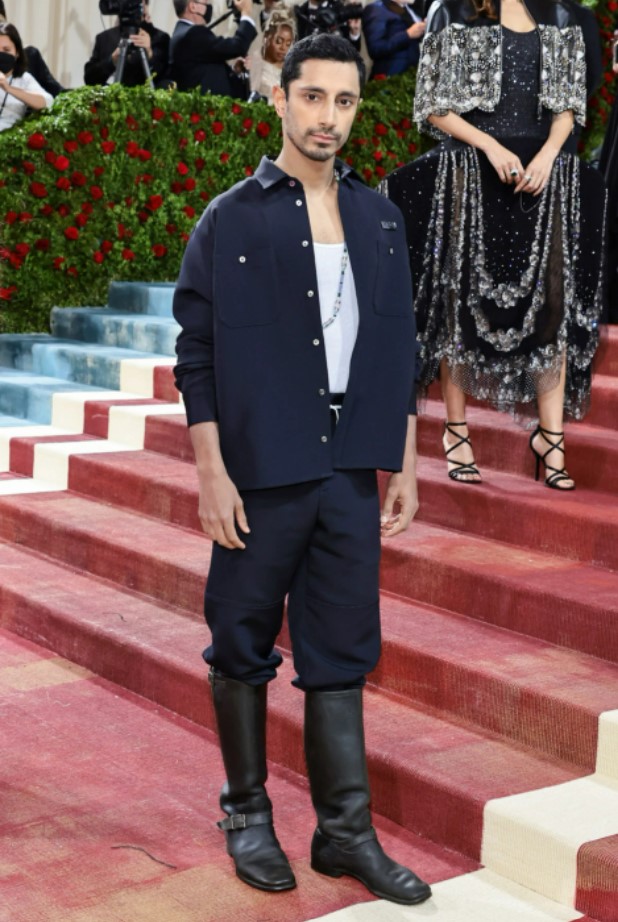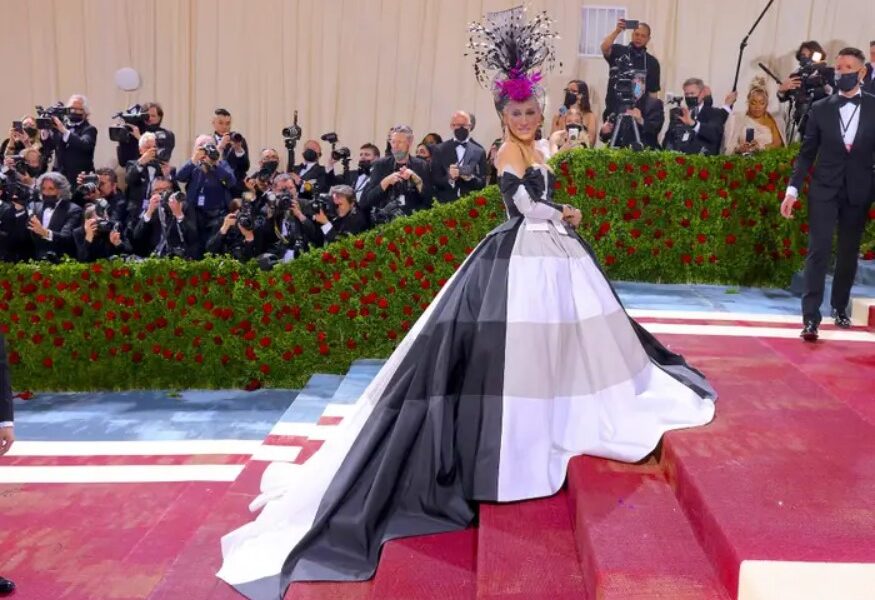The beginning of May marks both the end of McGill’s winter semester and the annual Met Gala, a fundraising benefit for the Metropolitan Museum of Art’s Costume Institute that has become known as ‘fashion’s biggest night.’ When the Costume Institute announced its Gilded Glamour theme this year, many expressed excitement on social media, expecting their favourite celebrities to sport attire from the Gilded Age such as corsets, pearls, and frills. Despite fans’ expectations, many attendees seemed to disregard the theme entirely, a recurrent pattern throughout the last few years. When viewers jump at the chance to criticize celebrities’ adherence to the theme, they are mostly ignoring the more insidious trend at hand—romanticizing the Gilded Age as a theme in itself.
Gilded Glamour is an extension of the Met’s 2021 exhibition on American fashion. The theme evokes the Gilded Age of late nineteenth-century America, a period characterized by opulence, extravagance, and innovation in technology, fashion, and industrialization. By creating a public space for celebrities to exercise their wealth and reputation, this theme contributes to an ever-present culture of celebrity sensationalism. Brand deals, cultural capital, and gossip dominate the event, turning it into a spectacle of affluence and status rather than a celebration of art. The Met Gala originally served as a fundraising event for the Costume Institute and a celebration of their annual fashion exhibition. It wasn’t until Vogue editor-in-chief Diana Vreeland was appointed special consultant for the 1973 Met Gala that celebrity personnel were invited. Since then, the Met Gala has become a significant pop-culture event mostly recognized for its high-profile attendees.

The theme’s glorification of the Gilded Age signifies the vain and aloof attitude that encompasses celebrity culture. The majority of the outfits worn by the wealthy attendees only reflect the wealthy population from that time period. These overt displays of wealth speak to a tendency for celebrities to pick and choose which parts of history they feel are most important to represent. This willful ignorance calls the event’s very integrity into question, as well as how the fashion industry promotes questionable celebrity values. The cruel irony is that the Museum of Modern Art’s Costume Institute has recently spoken about highlighting under-recognized moments in American fashion. However, some celebrities were exceptions to this trend. Take actor Riz Ahmed, who wore a navy jacket and trousers inspired by the uniforms of immigrant labourers in nineteenth-century New York. His look served as an homage to these workers—the ones who made the extravagance of the Gilded Age possible. In choosing to highlight an underrepresented population from the Gilded Age, Ahmed called attention to the economic disparities that defined the period. Sarah Jessica Parker wore a gown modelled after an outfit by Elizabeth Hobbs Keckly, a Black designer from the 19th century and the first Black woman to design garments for White House inhabitants. This look highlighted the dichotomy between the extravagance of the Gilded Age and the many institutional barriers faced by marginalized peoples during the period. Many individuals and organizations, like Black Lives Matter, have challenged the Met Gala from the inside, arguing that the event is a waste of money and that such resources could be spent more responsibly and productively. While this year’s gala is a celebration of American fashion, the event as a whole fails to acknowledge the issues of collective erasure of working-class and racialized people in contemporary American culture.
The Met Gala has effectively gone from a fundraising benefit to an event dependent on the commodification of celebrity status. This shift is evident throughout news coverage of the 2022 event, which mainly focussed on scandal and outrage over what hollow statements the off-theme outfits make. For example, Kim Kardashian was heavily scrutinized for the harmful ways she lost weight to fit into Marilyn Monroe’s dress for the event, allegedly dropping 16 pounds in three weeks. Celebrities like Kardashian not only failed to adhere to the theme, but also used the event as a medium to perpetuate problematic beauty standards. This emphasizes the idea that the Met Gala has become out of touch with its original intentions of fun, fashion, and fundraising in the past years.
The Met Gala has transformed from a display of high fashion and creativity into an excuse for celebrities to spend exorbitant sums on playing dress-up. Interpretation and adherence to themes have declined over time, as has the quality and appropriateness of the themes themselves. Evidently, the Met Gala’s perception and purpose have shifted as it seeks to act in accordance with the values of contemporary celebrity culture premised on celebrity idolatry and toxic sensationalism.








